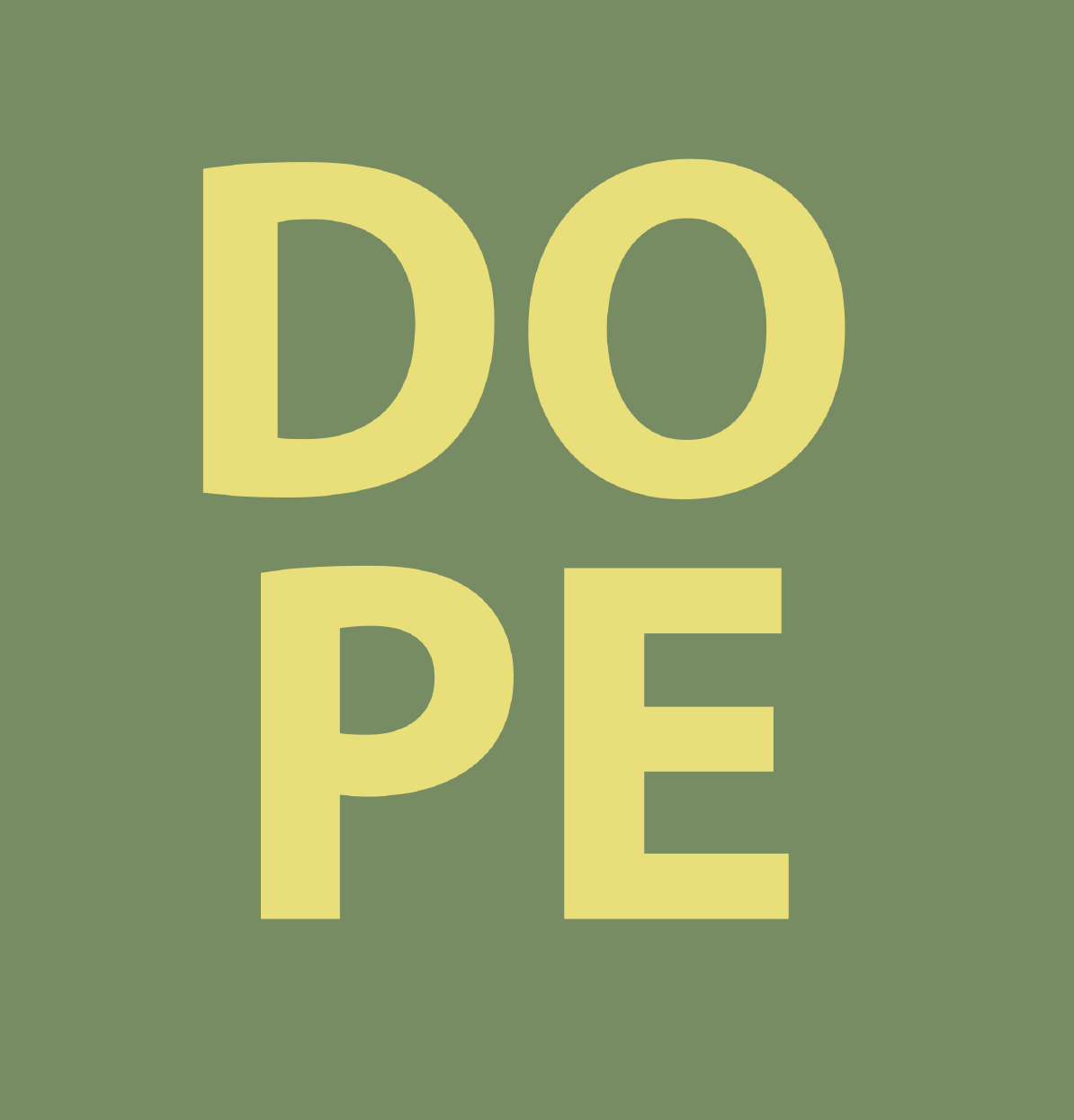Whether sentinels or symbionts, companions or invaders, nonhuman species have long been engaged in human responses to crises. From the canary in the coal mine to the plastic-eating bacterium Ideonella sakainesis, nonhumans are materially and theoretically implicated in the kinds of crises unique to that epoch some have labeled the Anthropocene — and others the capitaloscene or the cthulhucene (Haraway 2016). This session will explore interspecies responses to crises, broadly construed, asking both how we might think with, work with, or otherwise call upon nonhumans in understanding and responding to conditions of precarity, and what some of the consequences or implications of such more-than-human encounters might be. Our central question builds on recent STS-inspired work across the social sciences and environmental humanities, asking how humans and others might better “get on together” in troubling times.
We invite papers that explore more-than-human understandings, responses to, and representations of crisis either as a matter of concern or a methodological commitment (or both). We thus invite theoretically informed and empirically driven papers that creatively engage with the themes and questions listed here. We particularly welcome papers drawing inspiration from the diversity of social science and humanities fields in conversation with political ecology around more-than-human relations, including STS, animal geography, phytogeography, and posthumanism.
While we encourage creative and wide-ranging engagements with the session theme, we also offer the following potential topics and questions:
- How histories of colonialism and imperialism have shaped interspecies responses to crisis
- The representation of interspecies crisis response in literature, film, music, or visual art forms
- How scientists, policy-makers, and other institutional actors have called nonhumans into crisis response
- The kinds of scientific and legal frameworks that have shaped nonhumans’ interpellation into crisis situations
- The outcomes - intended and unintended - of the inclusion of specific nonhuman species in strategic responses to crisis
- How discourses of crisis, salvation, and resiliency have depended on nonhumans either empirically or theoretically
- Historical engagements with nonhumans at moments of economic, political, or ecological crisis
- The political, theoretical, or material implications of calling nonhumans into crisis response
Presentation formats other than the traditional paper are welcome. Each presenter will have 20 minutes. Please submit an abstract of no more than 250 words to Sophie (slsapp@ucdavis.edu) and Emma (egm012@bucknell.edu) by Monday, November 21st. Participants will be notified by November 25th and will need to register at www.politicalecology.org by Thursday, December 1st.
Suggested Readings:
Haraway, D. (2016). Staying with the Trouble: Making kin in the Cthulhucene. Durham: Duke University Press.
Kirksey, E. (Ed.). (2014). The Multispecies salon. Durham: Duke University Press Books.
Tallbear, K. (2011). Why Interspecies Thinking Needs Indigenous Standpoints. Cultural Anthropology Online. Retrieved from https://culanth.org/fieldsights/260-why-interspecies-thinking-needs-indigenous-standpoints
Tsing, A. L. (2015). The Mushroom at the end of the world: On the possibility of life in capitalist ruins. Princeton: Princeton University Press.
Whatmore, S. (2002). Hybrid geographies: Natures cultures spaces. Thousand Oaks, CA: Sage.
Wolch, J. R., & Emel, J. (1998). Animal geographies: Place, politics, and identity in the nature-culture borderlands. London: Verso.
Tags: CFPs 2017
